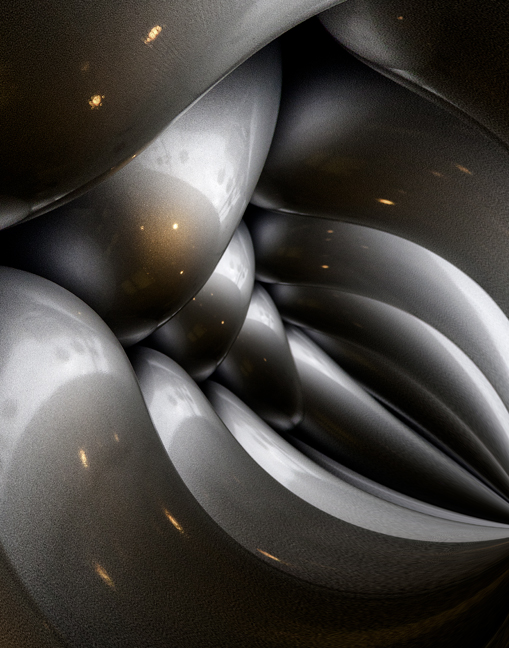The Alabama Hills are located just west of Lone Pine, California and easily accessible. Lest you think your humble reporter has just discovered them, they have been used for many years to represent the iconic American West. Nearly 400 films have been shot here. The list of famous directors and actors that have been a part of this ongoing set is just too long. Just to names a few: directors William Wyler, John Ford, George Stephens and William Wellman; and actors John Wayne, Bing Crosby, Gene Autry, Barbara Stanwyck and Jeff Bridges.
High Sierra with Humphrey Bogart, culminates with a shoot-out between Bogart’s character and the police at the foot of Mt. Whitney. The 1955 classic Bad Day at Badrock starring Spencer Tracy and Anne Francis was also filmed in and around the Lone Pine area. The first Lone Ranger ambush was filmed here, and it was here that Roy Rogers found Trigger. I could go on and on.
It is no accident that these hills have been chosen time and time again to produce so many films. Mother Nature has much to do with this. Geologically speaking:
“The high and low temperatures of the Sierra, and the freezing, expanding, and thawing of rain and snowmelt created the “chiseled” splintering of their granite. But down in the relatively moist and soil-covered region of the Alabamas, this process did not occur. Instead, the soil gradually eroded away, exposing the oddly-shaped piles of boulders that stand here today. There are two main types of rock exposed at Alabama Hills. One is an orange, drab weathered metamorphosed volcanic rock that is 150-200 million years old. The other type of rock exposed here is 82-85 million year old biotite monzogranite which weathers to potato-shaped large boulders, many of which stand on end due to spheroidal weathering acting on many nearly vertical joints in the rock.”
There are dozens of natural arches, always a sucker shot for those of us bitten by the camera bug, easily accessible by short hikes. Among the notable features of the area are: Mobius Arch, Lathe Arch, the Eye of Alabama and Whitney Portal Arch.
Typical of landscape photographic technique, I strongly recommend three things.
1. The use of your tripod is critical! If you are not comfortable with its use, get comfortable! Practice with it before you go out to shoot, or when you have time to dawdle away. It can get finger-numbingly cold out there. That is NOT the time to figure which end is up.
2. Bring gloves that you can shoot with. There are a variety of gloves that work well for photographers. I found that the gloves that work best for me allows you to free your finger tips while allowing you to access your camera’s controls. Shop around. As usual, B & H is a good place to start.
3. Be prepared to shoot early and grab the glow that only the first light can give you. It doesn’t last long, so get out there, set up and get to work. The late afternoon also provides beautiful long and warm shadows. Sleep is merely an illusion.
This slideshow requires JavaScript.
If you are staying in Lone Pine, you will get a kick out of the western motifs. Movie paraphernalia is everywhere in celebration of this fantastic location. Get some sleep, as tomorrow we head down to Death Valley to shoot Eureka Dunes!
Happy Shooting!
Rich Smukler
http://www.richsmuklerphoto.com
















You must be logged in to post a comment.